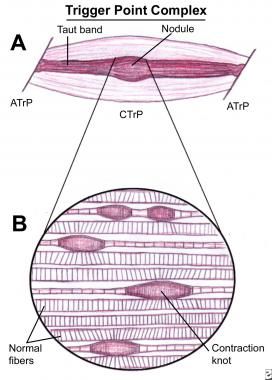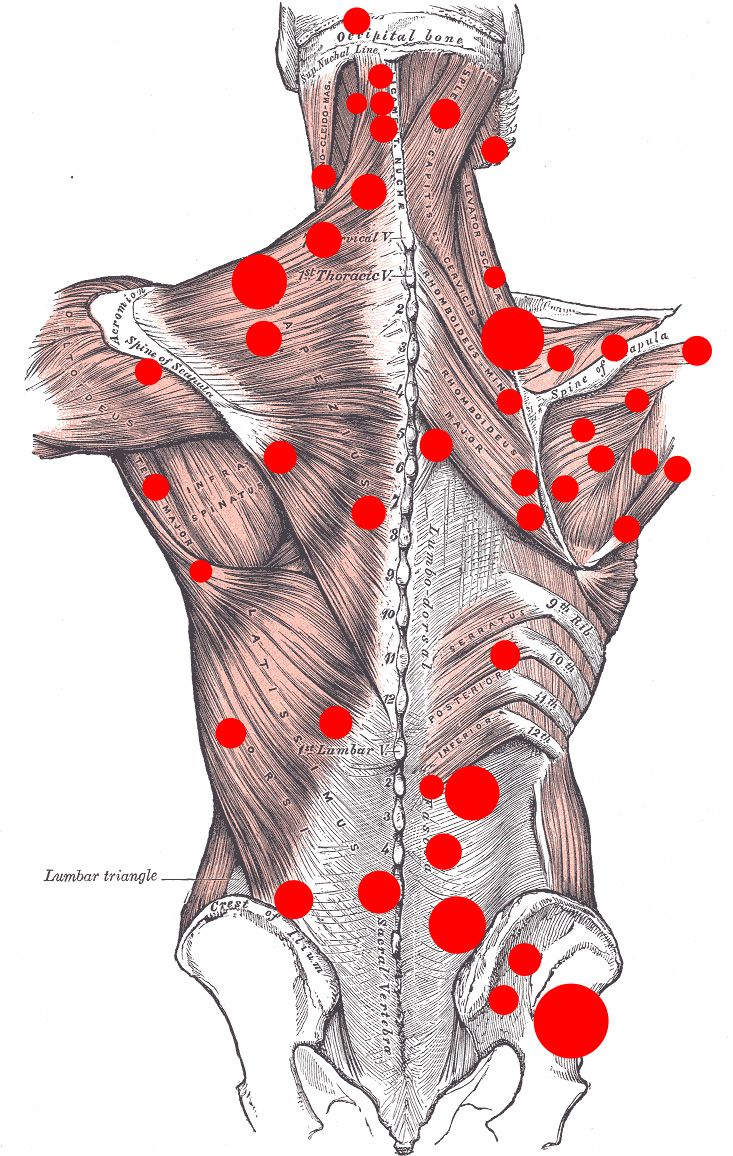RATES & BODY WORK INFO
Trigger Point Therapy
** The prices listed above are for NEW CLIENTS. If you are a new client and want a 30, 60, or 90 minute massage be sure to set aside an additional 30 minutes for your initial visit. The additional 30 minutes is for paperwork, consultation, and any orthopedic assessments I may need to do in the beginning of the first session. **
| REGULAR MASSAGE RATES | BUNDLE DEALS | SAVE |
| 30 min. = $65 | (3) 60 min. = $345 | $10 OFF per session = $30 |
| 60 min. = $125 | (4) 60 min. = $444 | $14 OFF per session = $56 |
| 90 min. = $187.50 | (5) 60 min. = $525 | $20 OFF per session = $100 |
** With the purchase of a bundle, the times can be rearranged and used for 30, 60, or 90 minute massages as long as the time matches up at the end. For example, a bundle of (3) 60 minute massages can be used for (1) 90 minute session, (1) 60 minute session, and (1) 30 minute session or (2) 90 minute sessions. **
SYNOPSIS:
Trigger Point Therapy is a style of bodywork that focuses on stimulating and releasing "trigger points" in your body. Trigger points are tender areas of tension similar to acupressure points, except they occur in the belly of the muscle rather than along the energy pathways of the body. These "knots" are built up throughout a person's life due to physical, mental, and/or emotional stress. During a session, focused pressure is applied through a variety of techniques to release your trigger points. This process can be quite painful at times, yet the effects are lasting and profoundly transformative.

WHAT IS A TRIGGER POINT?
A trigger point is a hyper-irritable nodule within a taut band. These trigger points contract the muscle belly on a microscopic level. Active trigger points can cause muscular dysfunctions to occur or produce referrals within the body to mimic symptoms such as migraines, achy teeth, carpal tunnel syndrome, a heart attack, and many more mild to severe cases. Latent trigger points are trigger points that have developed in muscle fibers but go unnoticed unless palpated or pressed on. The unique phenomenon that occurs with trigger points is the fact that clients can experience aches and pain within certain parts of their body but it may not be due from the local trigger point. The pain could be produced from a referral caused by a muscle in a completely different region of the body. For example, a client experiencing referral pains in his lower back could be caused by trigger points found in his anterior (front) muscles, ie. his abdominals or iliospoas.
IS YOUR BODY UNDER STRESS?

A myriad of people live their lives everyday experiencing stress within their body in one form or another. Whether it be mental stress, physical stress, or emotional stress any one of these root problems can lead to muscle tension and the development of trigger points. Once trigger points have developed and go on untreated they can cause a series of chain reactions to occur within the body. Depending on the severity and location of these trigger points they can give false symptoms and mimic intense muscular dysfunctions such as frozen shoulder syndrome.
ARE YOU EXPERIENCING PAIN, SORENESS, OR TENSION?
Active trigger points can cause the body acute pain and dull aches for years, if untreated. Trigger points can develop when a muscle is overused, inactive, or injured. Painful trigger points can make your body resist doing a certain motion that causes the pain, overtime your body forgets that motion completely, that is how some people lose their full range of motion. Trigger points can cause muscles to become weak, as well. Thus, allowing contracted muscles that are not as weak to take control or compensate for the lack of strength. In this occurrence, it is common to see the body be placed out of alignment, causing further trigger points to develop and more complications within the body.
These issues can be addressed with proper self care and stretching. However, in severe cases stretching is not enough and the feeling of pain will only diminish temporarily. Muscle tension will continue to occur and become problematic until the root of the problem has been assessed and treated, by a massage therapist or other healthcare professional.